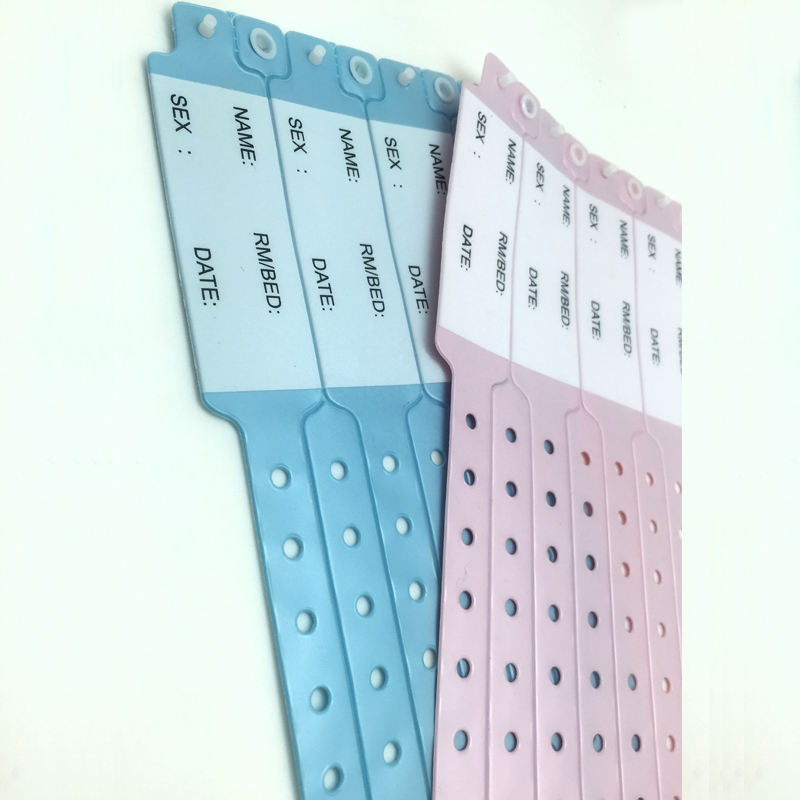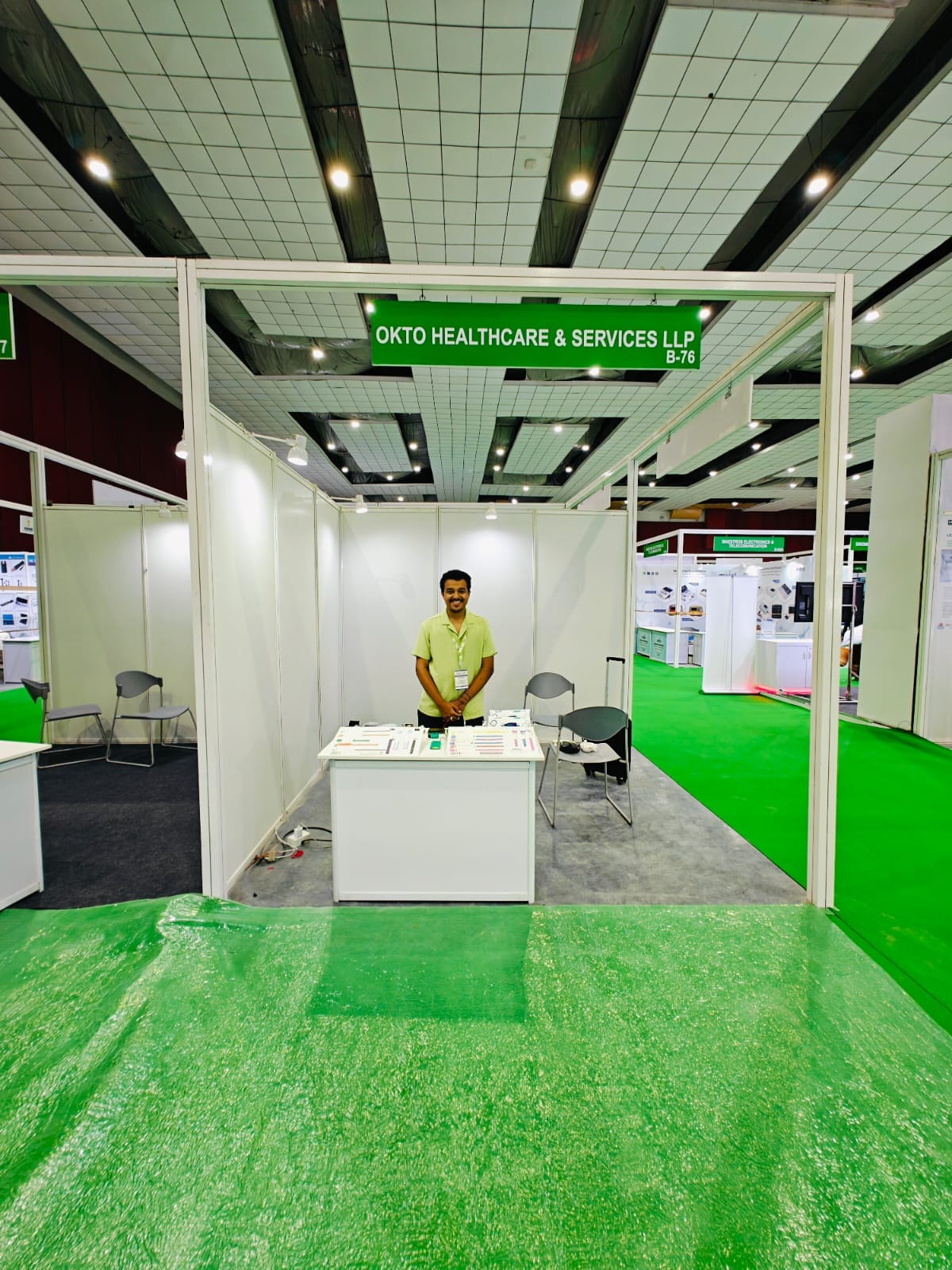Why Patient Identification Bands Are Necessary for Every Healthcare Facility
In the facility landscape of healthcare, patient recognition bands work as a fundamental component in protecting individual safety and security and reducing clinical mistakes. These bands provide important info that not only helps with precise identification however also enhances communication among doctor. As organizations make every effort to fulfill regulatory compliance and improve overall process efficiency, the duty of recognition bands comes to be increasingly significant. Nonetheless, the implications of their usage prolong beyond mere compliance-- what are the prospective repercussions of disregarding this necessary practice? Exploring this question reveals a deeper understanding of person safety and security and top quality care.
Fighting Medical Mistakes
In the world of health care, protecting against medical errors is critical to ensuring patient safety and security and high quality of treatment. Among one of the most essential variables in reducing such mistakes is the precise recognition of people. Misidentification can lead to inappropriate treatments, drug errors, and also surgical blunders, all of which can have devastating repercussions for individuals and healthcare providers alike.
Individual identification bands serve as a basic device in this preventive method. These bands commonly consist of important info, such as the person's name, date of birth, and special recognition number, allowing medical care professionals to confirm the client's identification quickly and precisely before providing any kind of care. Making certain that these bands are correctly applied and constantly used across all medical care setups is crucial.
Moreover, the execution of electronic health records (EHR) can improve the efficiency of patient identification bands by integrating them with electronic systems that flag potential disparities. Normal training and adherence to methods relating to making use of individual identification bands can substantially lower the possibility of errors. In summary, robust patient identification practices are vital for securing and reducing medical errors client well-being within medical care settings.
Enhancing Person Safety And Security
Person safety and security is a complex idea that includes various strategies and techniques designed to shield people from injury during their healthcare experience. One important element in boosting individual safety and security is the application of client recognition bands. These bands act as an essential device for making sure that healthcare companies can precisely recognize clients, therefore reducing the risk of misidentification.
The presence of client recognition bands dramatically minimizes the opportunities of administering wrong medications, performing unintended treatments, or stopping working to acknowledge allergies. By attaching a distinct identifier to every person, health care centers create a trusted system that fosters liability and watchfulness among clinical staff. This aggressive approach not only boosts the safety and security of clients however also instills a sense of trust fund in the medical care system.
Furthermore, person identification bands add to a standard protocol that can be quickly incorporated into electronic wellness documents. Patient Identification Band. This integration makes sure that essential client information is readily obtainable, more reinforcing precaution. Eventually, the effective use of recognition bands is a necessary technique that underpins a society of safety and security, intending to shield individuals and boost total healthcare results
Improving Interaction
Effective communication is important in the healthcare setting, as it directly impacts individual security and care high quality. Individual recognition bands function as a crucial device for boosting communication among doctor. By clearly displaying essential individual details such as name, date of birth, and medical record number, these bands promote accurate recognition, minimizing the threat of errors in therapy and medication management.
Additionally, individual identification bands promote a society of liability and confirmation within medical care groups. When all team member are outfitted with prompt access to reputable client recognition, the possibility of miscommunication lessens dramatically. During handoffs in between shifts or interdisciplinary consultations, the presence of identification bands makes sure that everyone entailed is on the exact same web page relating to client identification and clinical background, thus lessening misconceptions.
Additionally, these bands can incorporate with electronic wellness records (EHR), enabling seamless interaction of patient info across various platforms. This connectivity not just boosts the performance of information sharing however additionally sustains a much more collaborated strategy to client treatment. Eventually, the fostering of person recognition bands is important for enhancing communication, hence adding to better health outcomes and making sure that people obtain the greatest criterion of treatment.

Streamlining Process
The implementation of individual identification bands substantially adds to simplifying process within medical care settings. By giving instant and clear recognition of patients, these bands reduce the time health care experts invest verifying patient information. This efficiency minimizes the capacity for errors, enabling team to focus on straight person treatment as opposed to administrative jobs.
With standardized recognition processes, healthcare groups can rapidly access vital client data, consisting of medical history, allergies, and treatment plans. This rapid accessibility improves decision-making and enables timely treatments, ultimately improving patient results. In addition, the usage of identification bands helps with better sychronisation among multidisciplinary teams, ensuring that all participants have the appropriate info at their fingertips.

Furthermore, client recognition bands can be you can look here integrated with electronic health and wellness document (EHR) systems, further enhancing process. By checking a band, healthcare carriers can quickly update and share info, consequently reducing redundancy and enhancing documents initiatives. This integration helps preserve a continuous flow of info, which is critical in dynamic healthcare settings.
Ensuring Regulatory Compliance
In today's health care landscape, making sure governing conformity is extremely important for maintaining client security and organizational honesty. Patient identification bands play an important function in conference numerous regulative requirements, such as those established forth by the Joint Compensation and the Centers for Medicare sites & Medicaid Solutions (CMS) These organizations emphasize the necessity of accurate person recognition to lessen clinical errors and enhance the quality of care.

Carrying out standardized patient recognition bands assists healthcare centers follow policies that call for precise individual identification at every phase of care. This consists of medicine administration, medical procedures, and blood transfusions. Non-compliance can bring about severe repercussions, consisting of fines, loss of certification, and, most significantly, threatening individual security.
Moreover, using innovation, such as barcoding and RFID systems incorporated with client recognition bands, can better enhance conformity efforts by ensuring that the ideal patient obtains the appropriate treatment at the correct time. By prioritizing the implementation of durable patient recognition systems, health care facilities not only comply with regulatory requirements yet also cultivate a society of safety and accountability, inevitably improving individual end results and trust fund in the healthcare system.

Final Thought
To conclude, person identification bands function as a basic element in healthcare facilities, considerably adding to the prevention of clinical errors and the improvement of patient safety. By boosting communication amongst medical personnel and enhancing workflows, these bands assist in more effective health care shipment. Additionally, their duty in ensuring conformity with governing standards can not be overemphasized. Ultimately, the application of client identification bands is crucial for fostering a much safer medical care environment and boosting overall patient end results.
In the complicated landscape of health care, individual recognition bands offer as a fundamental component in this safeguarding patient safety and reducing clinical mistakes. These bands commonly have essential details, such as the person's name, day of birth, and one-of-a-kind identification number, allowing medical care experts to verify the client's identification swiftly and properly prior to providing any treatment.Applying standard individual identification bands helps medical care facilities conform with policies that require specific person recognition at every stage of treatment.In conclusion, client identification bands offer as an essential element in medical care centers, substantially contributing to the avoidance of clinical errors and the improvement of individual safety - Patient Identification Band. Inevitably, the application of person recognition bands is vital for promoting a much safer medical care atmosphere and boosting total individual outcomes
 Amanda Bynes Then & Now!
Amanda Bynes Then & Now! Richard "Little Hercules" Sandrak Then & Now!
Richard "Little Hercules" Sandrak Then & Now! Andrea Barber Then & Now!
Andrea Barber Then & Now! Jenna Von Oy Then & Now!
Jenna Von Oy Then & Now! Bernadette Peters Then & Now!
Bernadette Peters Then & Now!